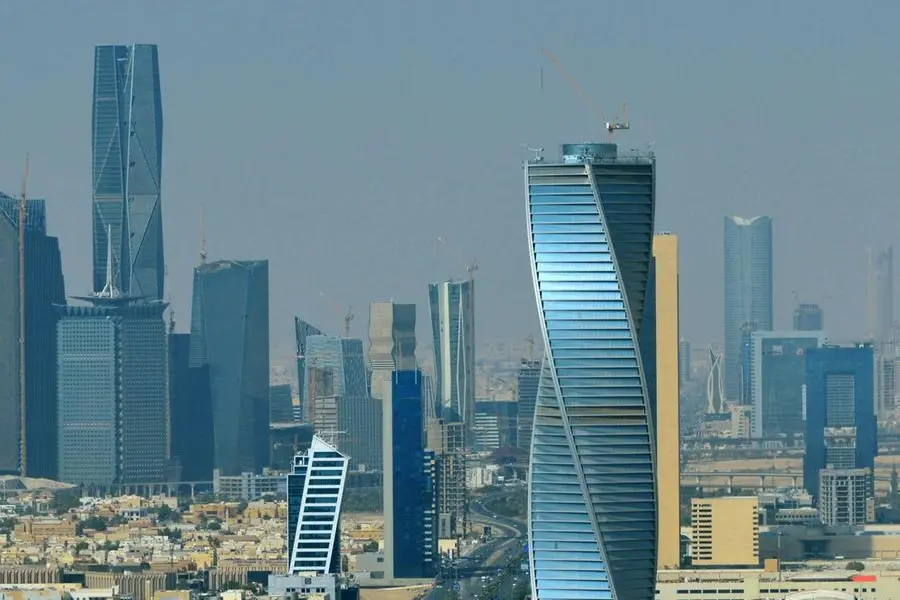PHOTO
Bond Finance Banking Technology concept. Trade Market. Image used for illustrative purpose. Getty Images
Days after the sudden flight of Syrian President Bashar Al-Assad to Moscow, the process of working out what it means for the region and the world has begun.
While Syrians are counting the terrible human cost, searching for loved ones disappeared by the regime, the long task of establishing a new government has begun in the post-Assad era and a small sign of optimism about the change has been spotted in markets.
The reaction was limited to just one indicator according to Standard Chartered economists, as Syria’s sanctioned status is priced in, and a new era of uncertainty does not yet change that it is isolated from much of world trade.
The end of Assad is a continuation of the de-rating of Iranian influence as Syria has been a critical channel between Iran and Hezbollah in Lebanon, said Eric Robertsen, Standard Chartered’s managing director, global head of research and chief strategist.
“There’s an argument that says this is another step in the right direction for the region, but it’s one of those classic scenarios where this may be breaking a few eggs to make an omelette,” he said.
However, the Black Swan scenario from the fall of Assad is that Syria becomes another Libya or Iraq, he added.
Carla Slim, MENA economist, said the one market indicator reflecting changes in the Levant region are Eurobonds in the Lebanese credit markets, which have risen by 70-80% since September on the back of Israel- Iran and Israel-Lebanon escalation which resulted in the weakening of Hezbollah.
The rally continued after the fall of Assad in a sign of optimism about changes on the ground, Slim said.
The bank’s Lebanon forecast for 2025 is a 0.5% contraction in GDP, seven consecutive years of contraction, but the markets are taking a contrarian view, that the rebalancing of power opens up a window of opportunity for more external funding for construction, and that change could bode well, Slim said.
Lebanon is coming closer to consensus on coming out of its financial crisis, she added but the second half of reforms are still required, along with an IMF programme and reconstruction funding needed to help the country regain what it has lost, shrinking from a $55 billion to a $20 billion economy.
Elsewhere, Jordan’s credit ratings have been upgraded, and Egypt recently received a credit rating, after three years of macroeconomic imbalance, an indicator of countries in close proximity to the conflict showing resilience.
Peace in 2025?
Robertsen said by June 2025, once US President Elect Donald Trump is in power, it is highly likely that several geopolitical conflicts including Russia-Ukraine and in the MENA region will be brought to a close, a scenario that is currently being underestimated by markets.
There is also a ‘huge inconsistency’ between what markets are pricing in and what the bank sees are economic consequences of a Trump administration, Robertsen said.
Trump is pro-growth, pro-deregulation and pro-lower taxes but his aim of imposing 60% tariffs on China could reduce Chinese exports to the US by 65-70%, he said, hitting Chinese GDP by 2%, causing an “absolute shock” to the global economy.
The 60% tariff stance is the start of negotiations, with the bank expecting a halfway compromise between current tariffs and 60%.
GCC 2025 outlook
Trade corridors between the GCC and Asia, specifically China, will continue to grow dramatically under Trump 2.0, Robertsen said.
While oil prices are finishing 2024 at $70 per barrel, the bank sees them trending towards $80 in 2025.
Geopolitical conflict should push oil prices higher, but that has not been the case in 2024, meaning the oil market has been more heavily supplied than it appears, or it is more worried about the global economic outlook.
“It would be ironic but if we had less geopolitical risk but oil goes higher,” he said.
The ‘peace dividend’ could mean more FDI intra region or towards the region, Slim said.
The bank is expecting GCC average growth in 2025 of 4%, higher than pre-pandemic trends, because of reforms and structural shifts.
While GCC budgets were once seen as rigid by the IMF, they have shown flexibility on fluctuating oil prices, with Saudi Arabia, for example, recalibrating spending plans, and being able to continue its non-oil growth.
One regional concern is Egyptian foreign exchange risk, Slim concluded, as the country waits for investment commitments from Saudi Arabia and Qatar, as without them, Egypt’s currency is vulnerable if interest rates stay high. In March, there is also a high concentration of maturities for a carry trade.
(Reporting by Imogen Lillywhite; editing by Brinda Darasha)




















